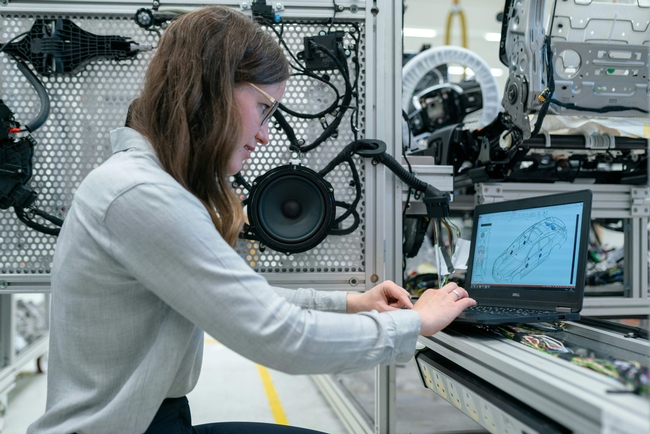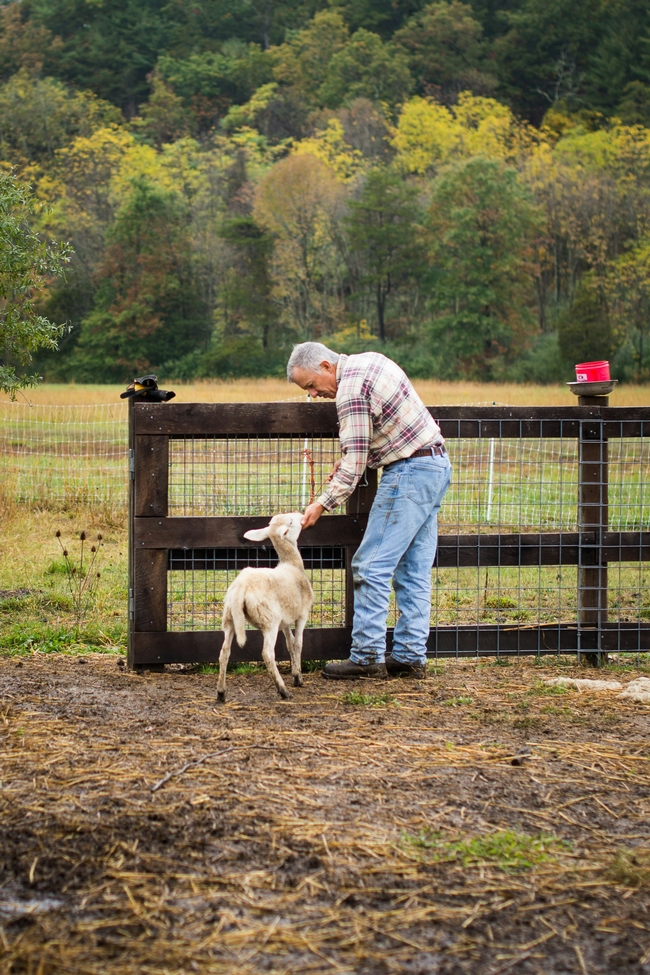Future Design Gives New Graduates Hope
Spring usually brings an abundance of colorful blossoms and excitement for high school and college graduates everywhere. In the past, graduates celebrated their hard-earned achievements, ready to carve their own paths in the world, while parents reluctantly released them into an uncertain future. A study released by The Annie E. Casey Foundation in 2023 reported that Gen Z'ers (ages ranging from 12 to 27) have the highest self-reported mental health concerns compared to previous generations[i]. The source of this distress? Future anxiety.
Today, many people worldwide grapple with daily struggles, feeling left behind in a rapidly changing world. To address this in his home country of Japan, Dr. Tatsuyoshi Saijo, a professor of economics at the Research Institute for Future Design at Kochi University of Technology, aims to inspire the present generation to care more about the future[ii]. This passion ignited after meeting indigenous communities in America, who have long embraced the principle of “seven generations.” Tatsuyoshi published a study in 2015 showing that when considering only present needs, people favored policies that lean toward instant gratification. However, when focusing on the future, study participants put more emphasis on progressive policies, such as advancing health care investments or raising utility rates to accommodate for an aging infrastructure. This approach is now being replicated worldwide.
In 2015, then President Barack Obama, speaking at the Conference of the Parties (COP21), said, “we (referring to Millennial and Gen Z) are the first generation to feel the impact of climate change and are the last generation to do something about it.”[iii]
A Green Career Revolution
From private corporations to community-based organizations, leaders are fundamentally reassessing and redesigning the way we live, work, consume, and interact with the environment. What is different now is that more people are acknowledging the realities of climate change and its impacts on ecosystems, societies, and economies. This gives the next generation an advantage to envision and implement alternative pathways that prioritize sustainability, resilience, and equity. Innovative adaptations to traditional technologies are advancing faster than ever and many of them offer
- Heat Pumps – Around 20% of total US energy emissions comes from the residential sector*. Ground-source heat pumps (GSHPs) are gaining traction as a viable means to reduce energy use. UCANR (UC Agriculture and Natural Resources) researchers from as early as 1985 have examined better systems to heat or cool buildings by exchanging the air though underground pumps filled with a water-based solution though devices called Heat-Pumps[iv]. While there are some environmental drawbacks, as there are with many of the human-centric energy solutions, they are more efficient than traditional heating and cooling methods, they do not rely on fossil fuels, they can reduce utility bills, and save space. The heating, ventilation, and air conditioning (HVAC) industry could be a great career opportunity for some. The industry currently employs about 1.5 million people in the U.S. and is expected to grow 6 percent by 2026. The 2023 median starting pay, as reported by the Bureau of Labor Statistics, is about $57,000 per year[v]. If you like working with your hands and want to spend more time outdoors, the HVAC industry is a solid green career.
- Recent reports have raised many risks associated with gas stoves used for cooking indoors. The Lawrence Berkeley National Laboratory found that one hour of cooking on a gas stove results in up to 3,000 parts per billion (ppb) of carbon monoxide[vi]. Another study from Stanford University found that methane leaks from gas stoves, (on or off) can emit the equivalent of half a million commuting cars [vii]. As technology improves and costs stabilize, more households will see the value in switching to heat induction stoves. Rebates available through the Federal Inflation Reduction Act (link to more information) can make the price tag more palatable. California offers residential energy rebates in addition to subsidized training for contractors. Some handy individuals may be able to install an induction stove, but many people will prefer to use a qualified company to install it. Licensed electricians can start out early around $60,000 a year and this sector also expects to grow 6 percent by 2032[viii].
- The American Climate Corps (in California, Climate Action Corps) is a great place to start if someone wants to work in a green career but is uncertain which path to take. Corps, like the California Conservation Corps, Peace Corps, AmeriCorps, and VISTA, etc. give young adults real-world experience who want to make a positive difference in the world and at the end of the service period are eligible to receive a stipend that can help them pay for college. This program helps fight the impacts of climate change at a community level while giving young adults the skills to gain leverage in the clean energy and climate resilience workforce. Sustainable UC (University of California) Davis hosts a Green Workplace Program, assisting UC employees to lower their operational environmental footprints, further indicating that our workplaces are transforming.

Opportunities abound to safeguard public lands and waterways, environmental monitoring, address urban heat and housing concerns, improve forest management practices, expand the adoption of solar energy systems, and contribute to the restoration of coastal and watershed resources. For instance, the demand for environmental engineers is on the rise, with salaries reaching up to $100,000 annually[x]. Solar jobs grew 3.5% in the last few years as installation has nearly doubled. A skilled solar installer can earn as much as $54,000 annually[xi].
As careers and economies undergo significant transformation, it is essential to recognize this evolution as both necessary and inevitable, driven by the pressing urgency of the present moment. Viewing this shift as an opportunity rather than a limitation is the crucial first step forward. Reinventing a future that includes all voices reassures young adults that they will not be left behind.
[i] https://www.aecf.org/blog/generation-z-and-mental-health
[ii]https://www.pbs.org/video/beyond-the-now-ft4j2u/ and https://www.vox.com/23870374/tatsuyoshi-saijo-economist-research-institute-for-future-design-future-perfect-50-2023
[iii] https://obamawhitehouse.archives.gov/the-press-office/2015/11/30/remarks-president-obama-first-session-cop21#:~:text=But%20only%20if%20we%20rise,can%20do%20something%20about%20it.%E2%80%9D
[iv] chrome-extension://efaidnbmnnnibpcajpcglclefindmkaj/https://calag.ucanr.edu/download_pdf.cfm?article=ca.v039n05p5 and https://energy.ucdavis.edu/fighting-climate-change-with-heat-pumps/
[v] https://www.bls.gov/ooh/installation-maintenance-and-repair/heating-air-conditioning-and-refrigeration-mechanics-and-installers.htm
[vi] https://newscenter.lbl.gov/2013/07/23/kitchens-can-produce-hazardous-levels-of-indoor-pollutants/
[vii] https://news.stanford.edu/stories/2024/05/people-with-gas-and-propane-stoves-breathe-more-unhealthy-nitrogen-dioxide#:~:text=Stanford%20researchers%20estimate%20that%20methane,to%20respiratory%20disease%2Dtriggering%20pollutants.
[viii] https://www.bls.gov/ooh/construction-and-extraction/electricians.htm#:~:text=3%25-,Employment%20of%20electricians%20is%20projected%20to%20grow%206%20percent%20from,on%20average%2C%20over%20the%20decade.
[ix] https://www.aging.senate.gov/imo/media/doc/senate_aging_farmers_report.pdf
[x] https://www.bls.gov/ooh/architecture-and-engineering/environmental-engineers.htm
[xi] https://www.bls.gov/ooh/construction-and-extraction/solar-photovoltaic-installers.htm
*U.S. Energy Information Administration - EIA - Independent Statistics and Analysis
Attached Images:
